You're likely acquainted with the bubble skilled young athletes enter. Focus beyond belief. Distance from peers. Significant exclusion from school.
All that narrow education is more acute in tennis. Even the adolescent Lebron James needed teammates. Tennis has no spirit of collaboration, only singular competition -- more ruthlessly democratic and merit-based than any sport on the planet. John Lucas, an All-American in basketball and tennis who played 14 seasons in the NBA, was once asked which sport was harder. "Tennis," he said, "because you have to take the shot every time. You can't pass."
But if tennis' credo of self-reliance has its benefits, there's also a downside. As Alexis de Tocqueville wrote in Democracy in America, "Thus not only does democracy make every man forget his ancestors, but it hides his descendants and separates his contemporaries from him; it throws him back forever upon himself alone and threatens in the end to confine him entirely within the solitude of his own heart."
Existing as a solo act might be proficient inside the lines of a tennis court, but as Lucas also noted, "basketball might make you a better person because you learn to work with people."
So as tennis players age, how do they learn? Recently a quartet of prominent American players - Andre Agassi, John McEnroe, Jim Courier, Todd Martin -- competed against one another one evening in San Jose, California. It was part of the PowerShares Series, a traveling road show of 12 events played this past October and November. Agassi, Courier and Martin are each 42 years old. McEnroe is 53. If not quite at their competitive zenith, each still plays fine tennis.
More interesting, though, is the way each is involved in matters of education. While seeking to apply lessons learned from tennis, each has also gained some of the education that wasn't covered in those years of toil and focus.
Agassi's latest venture is BILT by Agassi and Reyes -- exercise equipment modeled after the tools created by his long-time trainer, Gil Reyes. Agassi also remains heavily engaged in the Andre Agassi College Preparatory Academy, a Las Vegas charter school.
Martin has started Todd Martin Tennis and last month acquired a TGA Premier Youth Tennis franchise. Part of TGA's approach is to bring tennis into more schools, a sharp fit for Martin's methodical and rigorous approach to the game.
It's been more than two years since McEnroe launched his own tennis academy, a venture he admits is deceptively complicated. "I thought more kids would come, but it's not that simple," he said. "Then, when you explain the game to them, there's a lot more to it than just how you hit a forehand." Picture McEnroe's brilliant game -- a nuanced but logical mix of footwork and eyes, pace, spin and direction.
Then there is the case of Courier. Of these four, none has traveled further from what he was. In the early '90s, Courier's racquet spoke loudly and rapidly. The first American man to reach the number one ranking after McEnroe was not Agassi or Pete Sampras. It was Courier.
But if the competitive grind was, in Courier's words, "simplicity," other matters proved more complex. The surrounding aspects of life at the top -- the commercial demands of sponsors, media et al -- were activities he seemed to tolerate more than relish. To be sure, Courier was candid, but not always one to suffer fools gladly.
Then came an awakening. Within months of retiring in 2000, Courier started work as an analyst with TNT and began to see the sport from a different end of the periscope. His education continued even more when he formed InsideOut Sports & Entertainment, the company that puts on events such as the PowerShares Series.
"You have to understand the 360 degree view of the sport," said Courier in San Jose shortly after conducting a clinic. Having undergone his own education as an entrepreneur and promoter, Courier believes aspiring pros would benefit greatly from inspecting ever corner of what goes on at a tournament -- from the TV truck and the media room to the transportation office. Asked what he would have done had he been told to explore these parts of the tournament, Courier concedes that, "Myopia is a job requirement for an athlete, but I think this education should be a condition for joining the tour. I wanted more than anything to be on the tour. If that's what it took to be part of it, I would have done it. A player needs to be a little more empathetic for all the parts and pieces that come together to help him play."